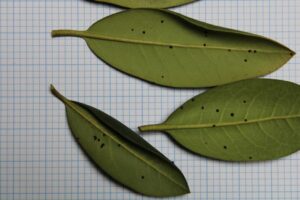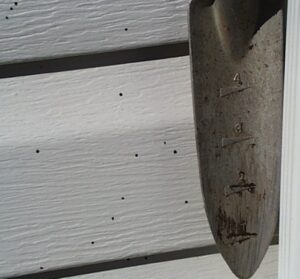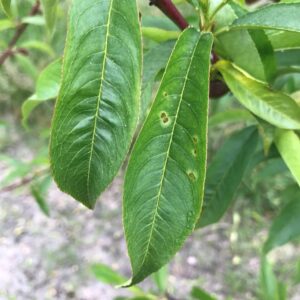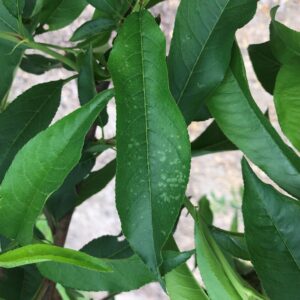Sweet Corn
IPM Program personnel are finished deploying black light traps in central and northern New Jersey and with help from South Jersey grower cooperators, nearing completion of a corn earworm (CEW) pheromone trap network in the state. Limited collections from traps thus far have captured a small number of European corn borer (ECB) moths in blacklight traps as far north as Hunterdon County. We anticipate only limited CEW and ECB moths for the near term, and as numbers increase, look for updates on ECB, CEW and brown marmorated stink bug (BMSB) catches, including interpretive information.




